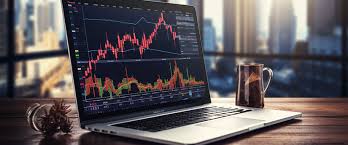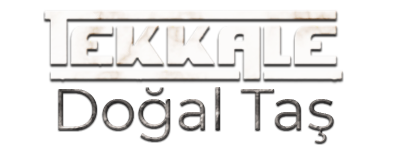
In recent years, forex trading has gained immense popularity among both novice and experienced traders, owing to its potential for high returns. The digital nature of this trading avenue necessitates using a reliable and efficient forex trading platform Forex Brokers in Indonesia platform. With a multitude of options available in the market, selecting the right trading platform can be a daunting task. This article aims to guide you through the key features to look for in a forex trading platform, the types of platforms available, and some popular choices in the industry. Whether you are just starting or looking to upgrade your trading experience, understanding these elements is crucial for success in the forex market.
Understanding Forex Trading Platforms
Forex trading platforms are software applications provided by brokers that allow traders to execute trades, analyze market data, and manage their trading accounts. These platforms are essential tools for both trading and market analysis, and they come in various forms, each catering to different trading styles and preferences.
Key Features of Forex Trading Platforms
When browsing through different forex trading platforms, there are several key features and functionalities you should prioritize:
- User Interface: A user-friendly interface is essential, especially for new traders. The platform should have an intuitive layout that makes it easy to navigate and find the needed tools.
- Trade Execution Speed: The speed at which trades are executed is crucial in forex trading, where prices can fluctuate rapidly. Look for platforms that offer low latency and fast execution times.
- Charting Tools: Advanced charting capabilities, including technical indicators and customizable chart formats, allow traders to perform in-depth analyses and enhance their trading strategies.
- Mobile Compatibility: In today’s fast-paced environment, the ability to trade on the go is vital. Ensure that the platform offers a robust mobile application or a responsive web interface.
- Analysis and Research Tools: Good platforms come equipped with a variety of analysis tools, research reports, and market news to help traders make informed decisions.
- Customer Support: Access to responsive customer support can be a lifesaver when encountering technical issues or requiring assistance with your account.
- Regulations and Security: Ensure the platform complies with relevant regulations and employs robust security measures to protect your personal and financial information.

Types of Forex Trading Platforms
Forex trading platforms can generally be categorized into three types:
1. Web-Based Platforms
Web-based platforms run directly in your browser and do not require any software installation. They offer flexibility and convenience, allowing traders to access their accounts from anywhere with an internet connection. However, they might have limitations in terms of features when compared to desktop solutions.

2. Desktop Platforms
Desktop platforms typically offer a broader range of functionalities and tools than web-based alternatives. They require installation on your computer but provide a more robust trading experience. Popular desktop platforms include MetaTrader 4 (MT4), MetaTrader 5 (MT5), and cTrader.
3. Mobile Trading Apps
Mobile trading apps are designed for smartphones and tablets, enabling traders to manage their accounts and execute trades on the go. Most brokers offer mobile versions of their platforms, making it easy to stay connected to the market without being tied to a computer.
Popular Forex Trading Platforms
There are several established forex trading platforms that are widely used and recommended by traders:
1. MetaTrader 4 (MT4)
MT4 is one of the most popular forex trading platforms in the world. Its user-friendly interface, extensive range of technical indicators, and automated trading capabilities through Expert Advisors (EAs) make it a top choice for many traders.
2. MetaTrader 5 (MT5)
MT5 is the successor to MT4, offering additional features such as more timeframes, improved charting tools, and access to other financial markets beyond forex. It is suitable for traders looking for a more comprehensive platform.
3. cTrader
cTrader is designed for both beginners and advanced traders, boasting an intuitive interface and powerful trading tools. It supports algorithmic trading and provides advanced charting options and market depth analysis.
Choosing the Right Platform for Your Needs
Selecting the right forex trading platform largely depends on your trading style and preferences. Here are some factors to consider:
- Trading Style: If you are a scalper, you will benefit from platforms with low latency and rapid execution times. Swing traders may prefer platforms that excel in technical analysis and charting tools.
- Market Access: Some platforms offer access to a wider array of markets, including commodities, stocks, and cryptocurrencies. Ensure that the platform you choose aligns with your trading interests.
- Learning Resources: New traders may benefit from platforms that provide educational resources, tutorials, and demo accounts to practice trading without risk.
- Costs and Fees: Review the commission structures, spreads, and any associated fees of the platforms you are considering. Some may offer competitive pricing but have limitations in other areas.
Conclusion
The right forex trading platform can significantly impact your trading experience and success. By understanding the key features, types of platforms available, and popular choices, you can make an informed decision that caters to your trading needs. Whether you are just starting your forex journey or seeking to enhance your current setup, taking the time to research and choose the best platform for you is essential for reaching your trading goals. With the right tools and knowledge at your disposal, you can navigate the forex market effectively and make informed trading decisions.
